It’s time to buy your first real fur coat. You know that it will set you apart from the crowd but is also a lifetime investment. So how you will be sure that the coat that you loved is made of real high-quality fur? There are some important Things You Need to Know Before You Buy a Real Fur Coat.
Things You Need to Know Before You Buy a Real Fur Coat
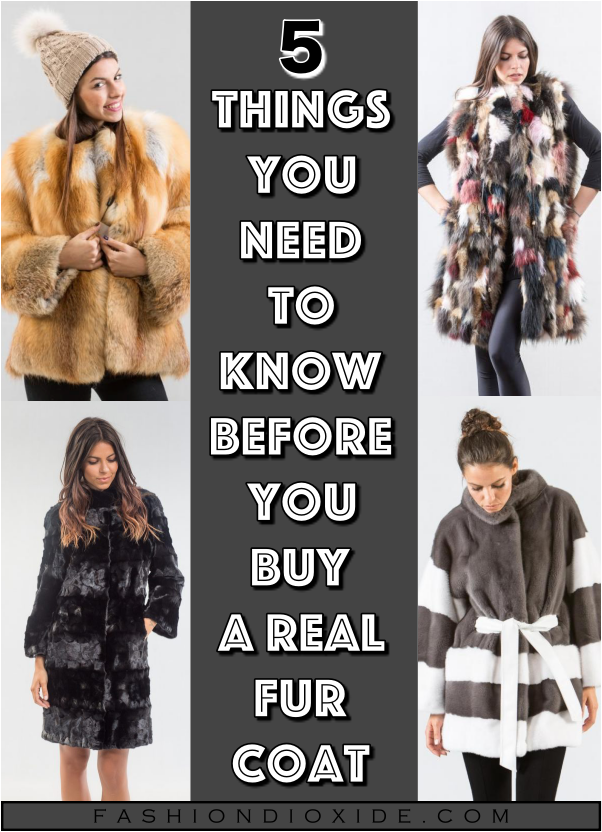
- Real or Fake. Ok maybe this sounds ridiculous, but there are people that can’t see the difference.
- Real fur is very soft in compare with a fake.
- Search for labels.
- Check inside the lining.
- Real animal hairs taper to a fine point.
- Make the burn test. Remove a few hairs, hold them together and light them with a lighter. Burning animal hair smells like burning human hair. Fake fur, which is commonly made from acrylic or polyester, smells like melting plastic when burned.
This is how a real mink fur coat should look like, check here!
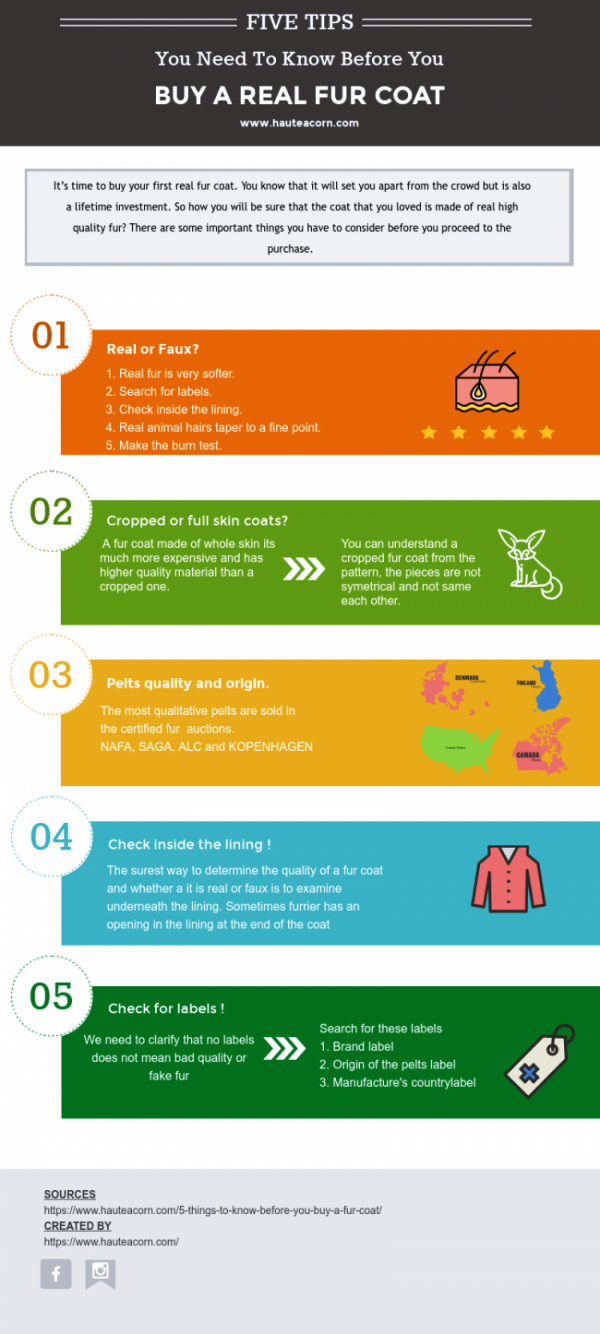
-
- Cropped or full skin coats. In most of the cases when a tailor start to making a fur coat uses only the best parts of the skin, with higher density and softer feeling. Those parts are the back and the belly of the animal, the legs, tail, head, and some damaged parts are removed. Furriers use these parts to make platers (squares from fur pieces), and they use the platers to make coats, vests, and jackets. So a fur coat made of whole skin its much more expensive and has higher quality material than a cropped one. You can understand a cropped fur coat from the pattern, the pieces are not symmetrical and not same as each other. Two examples below of fur cropped fur clothing.
- Pelts quality and origin.There are several kinds of fur types, the most common are mink, fox, chinchilla, sable, and lynx. The most qualitative pelts are sold in the certified fur auctions, NAFAin Canada, SAGA in Finland, ALC in the USA, KOPENHAGEN FUR in Europe and SOJUZPUSHNINA in St. Petersburg. When you see one of these labels on your coat then you know that it has been made with the very good quality raw material.
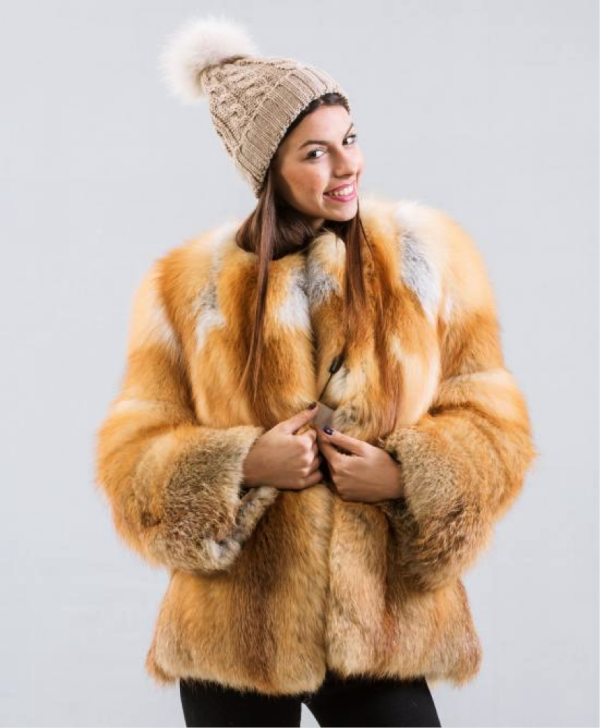
These 5 famous fur auctions gather pelts from certified farms and sell them to the furriers. In every auction there are several lots for the same fur type and color, that’s because some farms produce better quality pelts than others. Every auction has it’s own system of labeling and uses several labels to identify every quality. For example, in mink pelts, Kopenhagen offers 4 qualities of pelts. The finest of the finest, Purple Quality. Second, Platinum Quality. Third Burgundy Quality. Fourth Ivory quality.

- Mink: When a woman purchases her first fur coat, it’s almost always mink. Mink is officially the highest-selling fur worldwide, due to its lightweight, decadently soft texture, unique sheen and incredibly long life. Coats made of female skins (smaller, lighter and softer) are considered more desirable. Most recognizable in a rich, chocolaty shade of dark brown, this fur varies vastly in price, from under $1K to well over $50K. Usually, the most qualitative mink pelts are sold in ALC (blackglama), in NAFA and in Kopenhagen Fur.
- Sable: A sable fur coat is one of the most coveted on earth, revered for its silky pelt, which retains smoothness regardless of which way it’s stroked. A demure jacket can start at around $4K, but a top-quality silvery coat can easily run into six figures, or upwards of $150K.
- Chinchilla: Recognized for its glamorous slate blue-gray color, chinchilla is about as prestigious as it gets. It’s extremely lightweight, yet bears the highest hair density of any animal, so no other fur is softer or warmer, or looks more lavish. Chinchilla is difficult to work with (one of the reasons it’s so expensive) and requires a lot of care. Prices range from $3K to $100K.
- Fox: Fox, which comes in many natural colors, is found all over the world. Because of its long hair and distinctive coloring, its popularity depends on fashion, especially in the US. The most qualitative fox fur pelts are from SAGA fur auction.
- Lynx: Only limited amounts of pelts are sold, accounting for its high price tag. In addition to having an exceptionally fluffy snow-white coat with subtle black spots, it is also the only long-haired fur that won’t shed. The belly of the pelt is usually whiter and has longer fur, and garments made only of belly fur are therefore more expensive than those made from whole pelts.
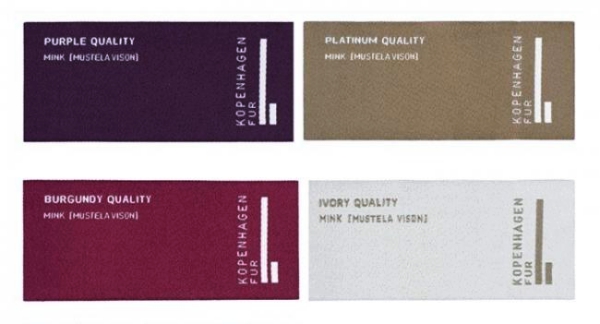
- Check inside the lining. The surest way to determine the quality of a fur coat and whether it is real or faux is to examine underneath the lining, checking the back of the fur itself. Sometimes furrier has an opening in the lining at the end of the coat. Others have a zipper on the lining so you can see easily inside. Find a place in the lining where you can either see inside or at least feel the underside of the fur. It’s a fairly simple matter to open up a seam in the lining just an inch or so and only needs to be large enough to poke a finger inside to check the back side. Genuine animal pelts will resemble smooth suede leather and are often sewn together in strips, sections or pieces like a patchwork quilt.
- Labels. We need to clarify that no labels do not mean bad quality or fake fur. You can’t depend on the Fur Label Authority tag in every instance. If you want to be 100% sure for the quality and the origin of your fur you need to search for the labels below.
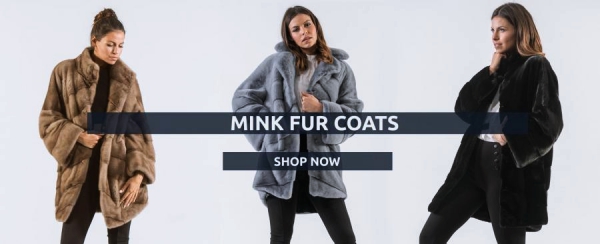
-
- Brand Label.
- Origin of the pelts label. When the furriers buy pelts from auctions, they provide them with original labels of the particular auction, NAFA, SAGA, Kopenhagen fur, ALC, and SOJUZPUSHNINA. So if you see one of these labels the pelts are certified. In some cases, furriers use pelts from independent farms that are also good quality. Every auction has it’s own system of labeling and uses several labels to identify every quality, as we told earlier.
- Manufacture’s country label. It is common the fur associations of every country provide furriers with authority labels. For example, in the USA you will find the FLA tag. Best manufacturer countries are USA, Canada, Greece, Denmark, and Italy. So search for those labels.
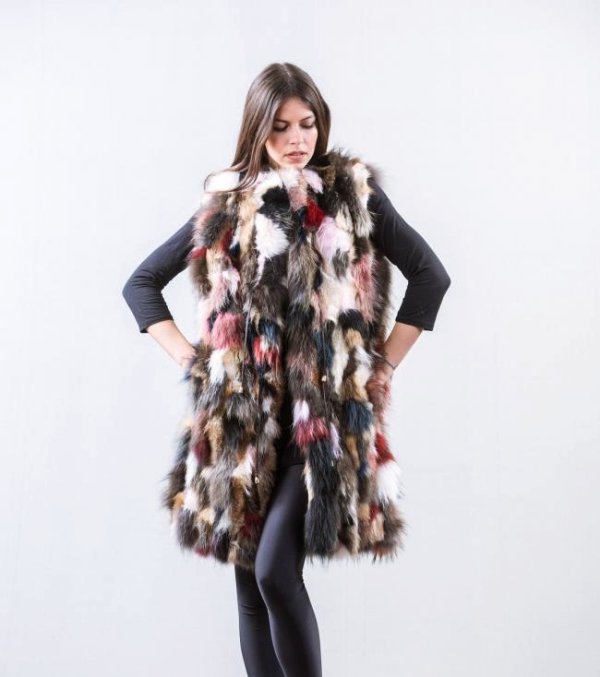
Now you know exactly what to look for! Have a look at our premium real fur collection below!
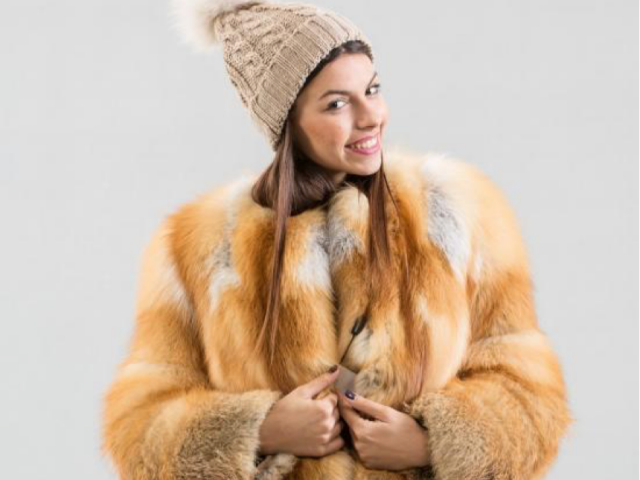
Reply